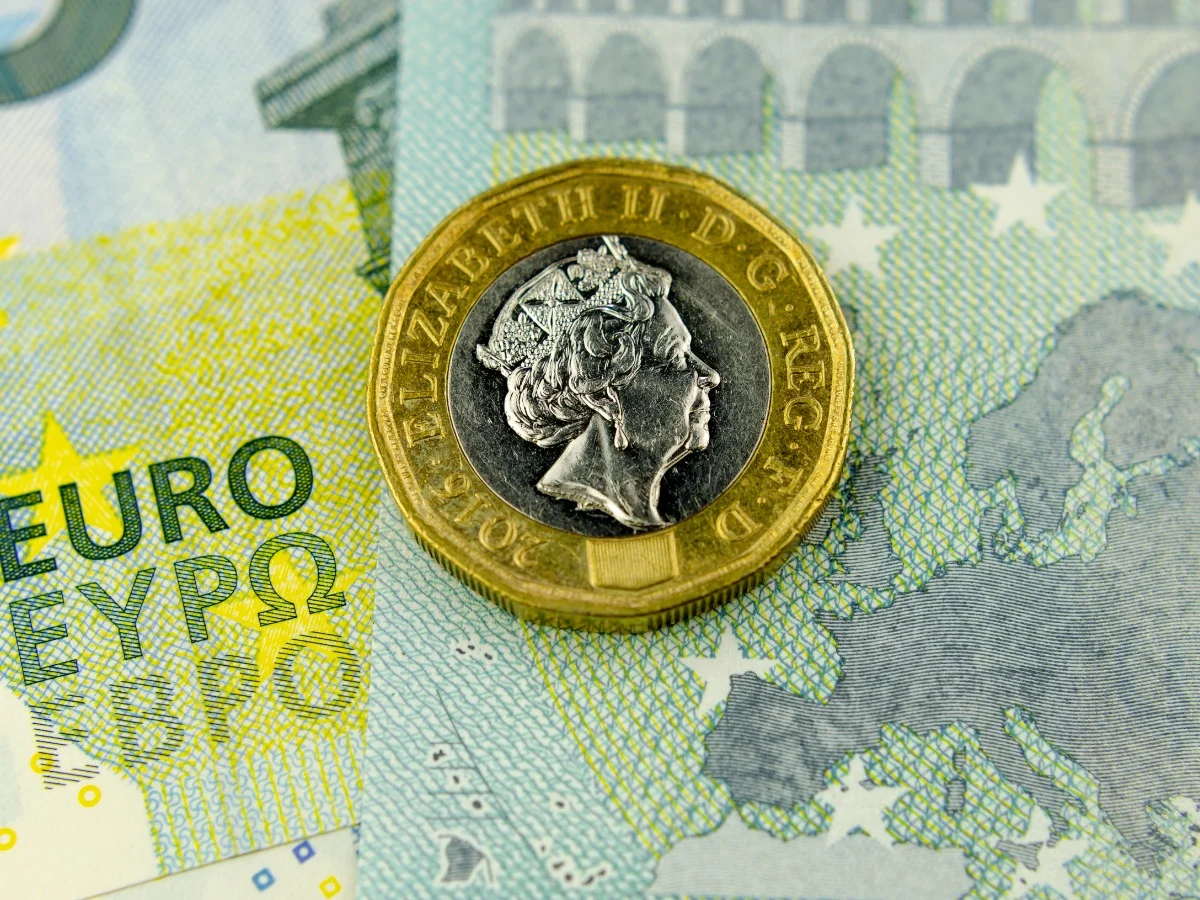Pound Sterling Weakens as UK Retail Sales Fall Short, BoE Rate Cut Expectations Intensify
Pound Sterling was again under pressure on Friday after its release of softer-than-expected UK Retail Sales data for May fell 2.7% month-on-month against the expected 0.5% decline. The underwhelming numbers have strengthened the anticipation of possible rate reductions by the Bank of England towards the end of this year, particularly following the central bank’s decision not to hike interest rates to 4.25% on Thursday. Further contributing to the Pound’s pressure were dovish remarks by BoE officials and Governor Andrew Bailey’s conservative projections. Though geopolitical tensions recently underpinned safe-haven flows into the US Dollar, de-escalating the threat of a U.S.-Iran conflict has weakened demand for the Greenback, sending GBP/USD to trade around 1.3470. KEY LOOKOUTS • The release of the preliminary S&P Global/CIPS PMI data for June later today will be instrumental in assessing the UK’s economic strength following the weak retail sales report. • Markets are increasingly factoring in two probable interest rate cuts by the Bank of England in this year, after soft consumer spending and dovish MPC member sentiments. • The Pound Sterling is encountering strong resistance near the psychological level of 1.3500, corresponding to the 20-day EMA, while support is near 1.3250. • Monday’s US PMI release and the situation in US-Iran tensions can have an impact on risk sentiment and US Dollar strength, which can have direct implications on GBP/USD direction. The Pound Sterling is facing weakness following a more-than-anticipated drop in UK Retail Sales for the month of May, igniting fears of declining consumer demand and the overall economic outlook. The information has ignited speculation that the Bank of England would reduce interest rates twice within the rest of the year, particularly after the central bank left interest rates steady and indicated a dovish policy stance. With the focus of traders now oncoming UK PMI releases and global risk sentiment governed by geopolitical events, specifically in the Middle East, the GBP/USD pair is still volatile and prone to responding to both domestic economic indicators and foreign market developments. The Pound Sterling declines after UK Retail Sales fell 2.7% in May, significantly worse than forecasted. Weighed down by increased bets on BoE rate cuts and risk-averse market sentiment, GBP/USD is down near 1.3470. • UK Retail Sales decreased by 2.7% in May, much worse than the forecast 0.5% drop. • Year-over-year sales dropped by 1.3%, falling short of the predicted 1.7% rise. • BoE kept interest rates unchanged at 4.25%, with a 6-3 vote division on Thursday. • Three MPC members voted in favor of a rate cut, citing softer labor market conditions. • Market now looks for two BoE rate cuts in the rest of 2025. • GBP/USD resists 1.3500, support at 1.3250. • Attention turns to UK and US PMI data on Monday for new economic indicators. The Pound Sterling came under fresh selling pressure following the release of disappointing UK Retail Sales figures for May, as increased worry about the nation’s economic resilience came to the fore. Retail Sales declined by 2.7% month-on-month, more than the anticipated 0.5% decline and unwinding the upwardly revised increase of 1.3% in the previous month. The sharp decline was primarily caused by poor performance at department stores and clothing stores, indicating a deceleration in consumer spending. Annual sales also fell short of estimates, declining by 1.3% rather than the expected 1.7% rise, reinforcing doubts over the general economic prognosis. GBP/USD DAILY PRICE CHART SOURCE: TradingView This poor consumer data has further bolstered the argument for interest rate reductions from the Bank of England in the second half of this year. Although the central bank maintained interest rates at 4.25% at its recent policy meeting, the 6-3 vote split, of which three were in favor of a reduction, suggests increasing support for loosening monetary policy. BoE Governor Andrew Bailey also was subdued, pointing to softness in labor markets and external threats, such as energy price volatility as a function of geopolitical tension. The other significant economic release that may inform market sentiment and BoE actions is the release of the UK’s June PMI data on Monday. TECHNICAL ANALYSIS GBP/USD currency pair is finding it difficult to sustain bullish momentum after unable to breach the psychological level of 1.3500, which is also the 20-day Exponential Moving Average (EMA). The pair is now trading at levels of 1.3470, reflecting indecision in the minds of traders. The 14-day Relative Strength Index (RSI) is currently floating near the neutral point of 50.00, signaling absence of any decisive directional bias in the near term. On the negative side, the May 16 low at 1.3250 is a crucial support level, and a decisive break above 1.3500 can trigger a retest of the three-year high at 1.3630. FORECAST If future UK economic numbers, especially the preliminary PMI readings for June, indicate business activity is resilient or improving, it may act as a short-term boost to the Pound Sterling. Moreover, any decrease in geopolitical tensions or US Federal Reserve dovish surprises would also weaken the US Dollar, providing upward potential for the GBP/USD. A sustained move above 1.3500 can clear the way towards the next resistance at 1.3630, particularly if market sentiment becomes positive towards the Pound. On the other hand, if UK data remains soft, particularly with additional evidence of declining consumer demand and labor market conditions, the Pound might stay at risk. Rising hope of BoE interest rate cuts would continue to pull the GBP down, while a recovery in the US Dollar backed by robust US PMI readings or Fed hawkish comments can increase the bears’ pressure. Such a scenario would see the GBP/USD pair fall toward major support levels around 1.3250, and potentially lower still if sentiment turns sour.



